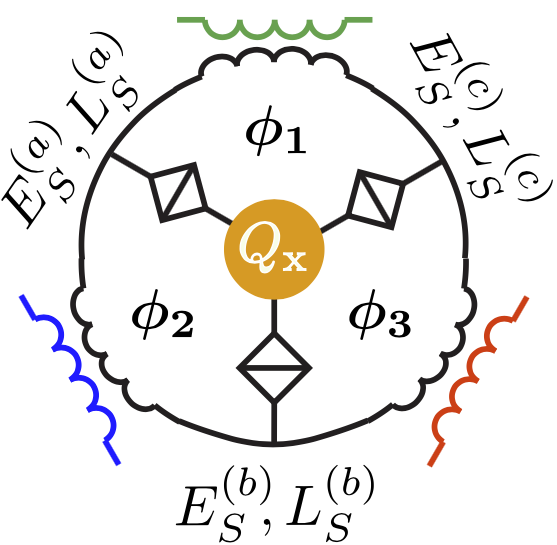Locals design sci-fi device
 Australian physicists have helped draw up designs for a flux capacitor.
Australian physicists have helped draw up designs for a flux capacitor.
In the Back to the Future films, an eccentric scientist creates a time machine that runs on a device called a ‘flux capacitor’.
Now, a group of real life physicists have proposed a device which uses the quantum tunnelling of magnetic flux around a capacitor, breaking time-reversal symmetry.
They propose a new generation of devices that control the direction in which microwave signals move, called ‘electronic circulators’.
The idea was born across two Australian Research Council Centres of Excellence: the Centre for Engineered Quantum Systems (EQUS) and the Centre for Future Low-Energy Electronics Technologies (FLEET).
FLEET researcher Professor Jared Cole says the proposed device is built from a superconductor, which allows electricity to flow without resistance.
“We propose two different possible circuits, one of which resembles the iconic three-pointed-star design of the cinematic flux capacitor,” Professor Cole said.
“In it, quantum ‘tubes’ of magnetic flux can move around a central capacitor by a process known as quantum tunnelling, where they overcome classically insurmountable obstacles.”
The combination of magnetic fields and electric charges leads to what the physicists call broken time-reversal symmetry.
“Unfortunately this effect does not allow us to actually travel back in time,” EQUS Chief Investigator Professor Tom Stace said.
“Instead, it means that signals circulate around the circuit in only one direction, much like cars on a roundabout,” he said.
For example, such a device could be used to isolate parts of an experimental apparatus from each other, which is crucial when the individual parts are extremely sensitive quantum systems.
Lead author Dr Clemens Mueller (ETH Zurich) said this device is a crucial component for next-generation technologies, including the long sought-after quantum computer.
“Our research makes an important step towards scaling up this technology, where researchers need to precisely direct control and measurement signals around a quantum computer,” Dr Mueller said.
In the nearer term, the research could find application in the development of better electronics for mobile phone and Wi-Fi antennas and improving radar.
Their paper has been published in Physical Review Letters.








 Print
Print